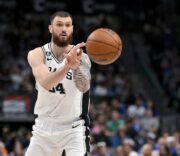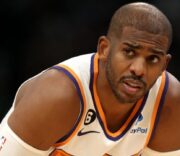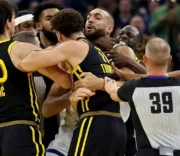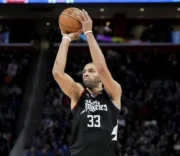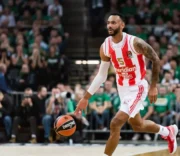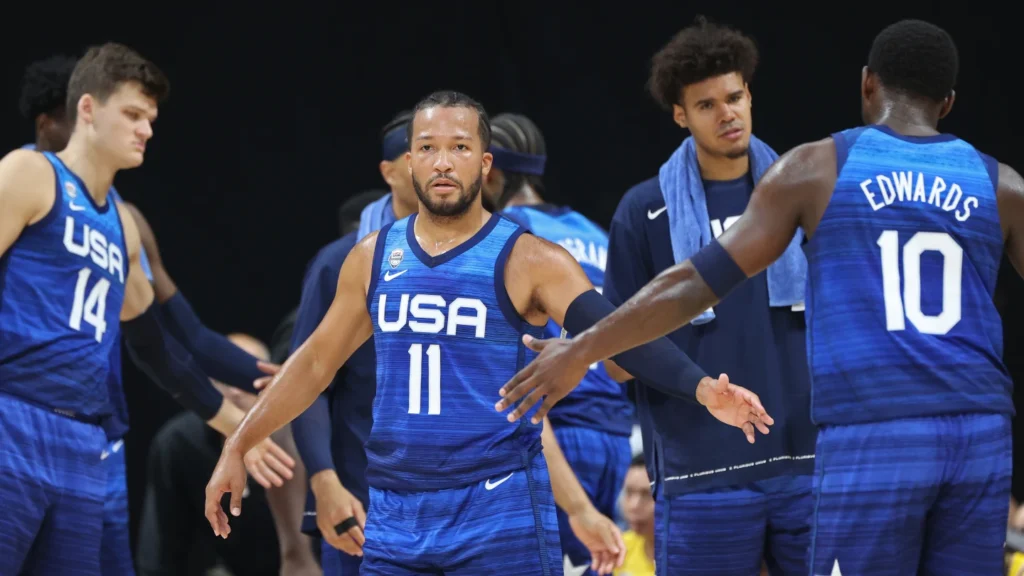
As the clock ticks closer to the commencement of the 2023 FIBA Basketball World Cup, Team USA’s players are not just battling opponents on the court; they’re also facing off against the challenges posed by extreme time zone changes. From Eastern Standard Time to the Philippines, Spain, and the United Arab Emirates, the squad’s ability to adjust their internal body clocks has become as critical as their shooting accuracy.
The Time Zone Challenge
Basketball teams are no strangers to travel, especially those vying for championships. Yet, the itinerary of Team USA for the FIBA Basketball World Cup 2023 has presented a unique challenge: how to adapt to significant time zone changes. While this is not new terrain for Golden State Warriors, who have tailored their practice schedules to eastward travels, Team USA has been navigating a multitude of time zones, including a 12-hour shift from Eastern Time to the Philippines. This has sparked an interesting mix of personal and professional strategies among the players to combat jet lag and remain performance-ready.
Time Zone Jumps: The Hurdles and The Solutions
Navigating through multiple time zones is more than just a logistical hurdle for Team USA; it’s a physiological challenge that can directly impact their performance in the 2023 FIBA Basketball World Cup. From simple adjustments like tweaking practice schedules to implementing complex sleep strategies, the team is employing a myriad of solutions to conquer the ever-changing time zones they face.
Multifaceted Itinerary: Friendlies and Tournament Games
- Europe: Team USA kickstarted their journey with exhibition games in Europe.
- United Arab Emirates: The following stop included matches against Greece and Germany.
- Philippines: The first two tournament matches occurred in the Philippines, drastically different from Eastern Standard Time by 12 hours.
Player-Centric Strategies
| Player Name | Strategy | Effectiveness |
| Mikal Bridges | Daytime naps | Mixed |
| Brandon Ingram | Workouts + naps | Effective |
| Tyrese Haliburton | Extended naps | Ineffective |
Mikal Bridges: The Napping Approach
“It was tough to sleep at night. I learned my lesson,” said U.S. forward Mikal Bridges.
Mikal Bridges, a key player for Team USA and Brooklyn Nets’ rising star, initially relied on daytime naps to tackle the exhaustion. Although this approach disrupted his nocturnal sleep cycle initially, Bridges learned to resist the urge for midday sleep to help his nighttime rest.
Brandon Ingram: The Workout Plus Nap Combination
In contrast to Bridges, Brandon Ingram, a Pelicans’ All-Star, has found a two-pronged approach to be effective. He uses workouts to combat fatigue and also takes intermittent naps throughout the day. Furthermore, Ingram keeps his phone on ‘Do Not Disturb’ mode to minimize distractions and enhance sleep quality.
Tyrese Haliburton: The Misstep and The Correction
“When it was time to go to bed, I didn’t go to sleep until like three in the morning,” said Tyrese Haliburton, All-Star point guard for the Pacers.
Tyrese Haliburton initially mistimed his naps, leading to sleeplessness during the night. However, he adjusted his routine to better align with the local time and even deployed video games to keep himself awake until the appropriate bedtime.
Collective Measures
- Group Activities: Social activities, such as group dinners, have been incorporated to keep the players awake and engaged.
- Virtual Challenges: Players have turned to video games to engage in friendly rivalry while also managing their sleep cycles.
- Team Support: Team USA players travel with additional staff including personal trainers to help maintain their physical condition.
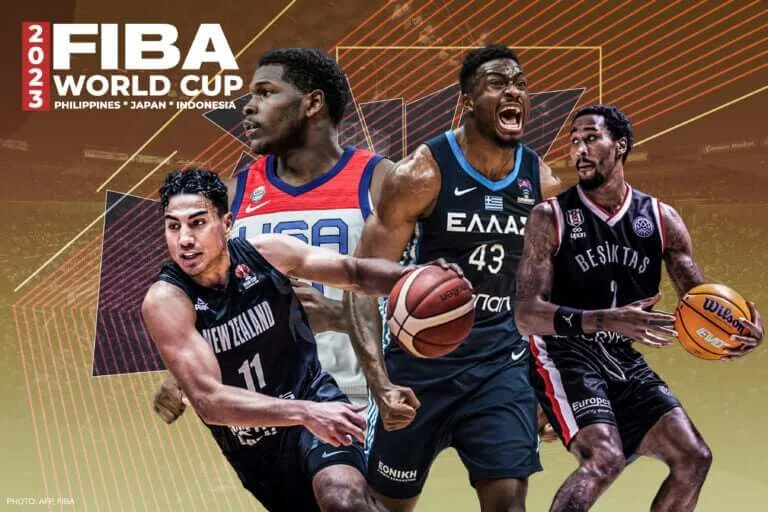
Mental Wellness and Team Building: More than Just Sleep
Mental well-being and team chemistry don’t just happen in a vacuum; they’re closely tied to sleep patterns and time zone adjustments that Team USA is currently grappling with. As they travel across continents for the 2023 FIBA Basketball World Cup, the athletes are also bonding and focusing on mental wellness, recognizing that a cohesive and mentally agile team is as crucial to success as physical readiness.
Video Gaming: A Dual-Role Entertainment
- WWE 2K: Chosen game by Tyrese Haliburton
- MLB 2K and PGA Tour 2K: Preferred by Mikal Bridges and other Team USA players
Besides being an entertainment outlet, video games have served as an unconventional tool for time management. Players like Tyrese Haliburton have found it helpful to stay awake and alert during the difficult hours of local time.
Team Dynamics: A Hidden Benefit
Players like New York’s star point guard emphasized that group activities have enhanced team cohesion. This not only helps in time management but also boosts the team’s morale.
“Every practice they’re going hard. I just know from a coaching standpoint, this is a great team,” said Steve Kerr, Team USA’s head coach.
Overcoming Time Barriers with Team Synergy
Despite the time-zone-related hurdles, Team USA has been resourceful in maintaining optimal performance. From personalized sleep and workout schedules to social activities and virtual games, various strategies have been put into action. The commitment and adaptability displayed by the team so far are promising signs for the success that lies ahead in the tournament. Steve Kerr’s observation about the team’s hunger and commitment indicates that while time zones may be a constraint, they are certainly not a limitation for Team USA in FIBA World Cup 2023.



